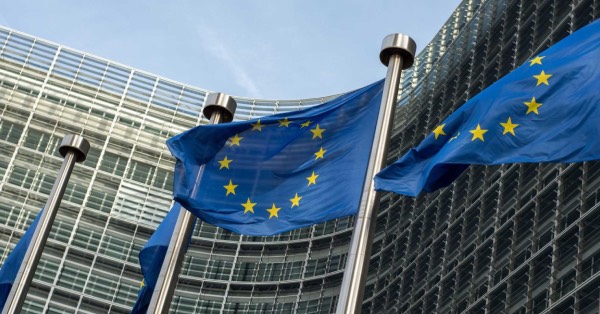SES details the Road to IRIS2, the European Union’s Secure Connectivity Programme
Working towards IRIS2
The IRIS2 Satellite Constellation is a project led by the European Union that aims to build a new secure, resilient and sovereign satellite constellation in Europe. This constellation will offer communication capabilities and high-speed internet for governmental and business purposes, but also for coping with dead connectivity zones.
- SES participated in the Public Market Consultation and was part of a consortium of European companies that delivered a working paper to the Commission, contributing to defining the scope and options for the successful development of the programme.
- SES shares the European Commission’s vision to build a European satellite infrastructure that will give its citizens and businesses access to a secure, resilient, and future-proof connectivity through mass-market applications as well as governmental applications for surveillance and crisis management, among others.
The best way forward for IRIS2
SES believes that to succeed, IRIS2 should have the below characteristics:
- Made and operated in Europe: Programme should be designed, built, and launched by the European space industry, and operated by satellite players established in the European Union.
- Multi-orbit: The European Commission should exploit the merits of a multi-orbit architecture (GEO, MEO, LEO) given satellites in different orbits have different features and capabilities.
- Leverage existing technology: IRIS2 should leverage existing deployed satellite systems and services, enabling a scalable infrastructure that is immediately operational.
- Public-private partnership: Magnitude of the programme calls for investment from the private sector that could result in a Public-Private Partnership scheme. There should be no reliance on traditional geo-return arrangement whereby member states receive the majority of their contributions back in the form of industrial contracts. Instead, European satellite operators shall be allowed to execute the programme in a competitive way, creating an environment where innovative commercial services can flourish.
- Fostering the European Space Ecosystem: The project needs to build an innovative and competitive European space sector creating in particular a strong environment for disruptive start-ups and SMEs to flourish. It should allow them to benefit from scale and to have supply chains that gain in efficiency and effectiveness.
- Strong industry partnerships: Strong partnerships among industry players is a must to defy the singularity of the European aerospace sector where competitors are also partners, customers and suppliers at the same time.






































